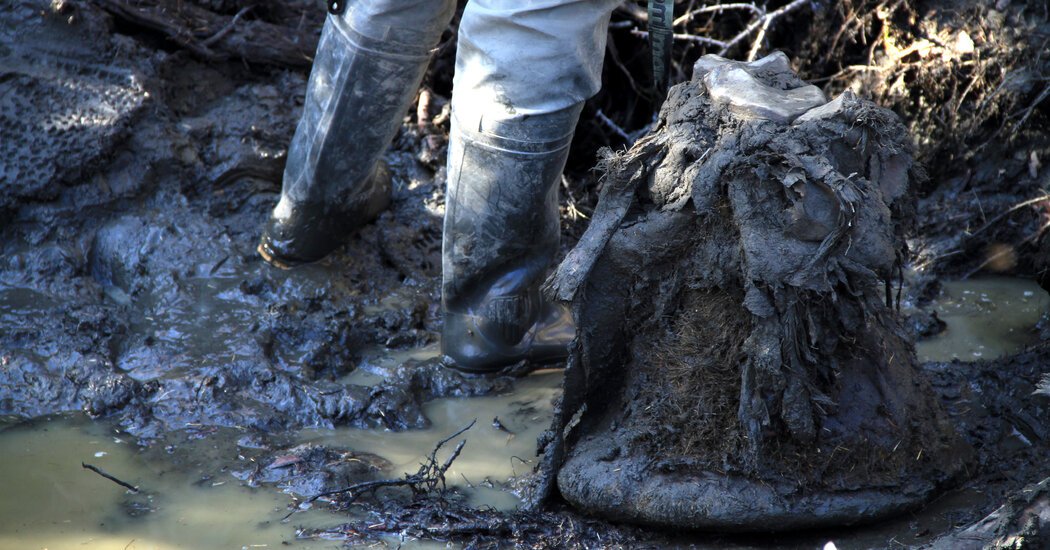In 2018 an international team of scientists — from labs in Houston, Copenhagen, Barcelona and beyond — got their hands on a remarkable biological specimen: a skin sample from a 52,000-year-old woolly mammoth that had been recovered from the permafrost in Siberia. They probed the sample with an innovative experimental technique that revealed the three-dimensional architecture of the mammoth’s genome. The resulting paper was published on Thursday in the journal Cell.
Hendrik Poinar, an evolutionary geneticist at McMaster University in Canada, was “floored” — the technique had successfully captured the original geometry of long stretches of DNA, a feat never before accomplished with an ancient DNA sample. “It’s absolutely beautiful,” said Dr. Poinar, who reviewed the paper for the journal.
The typical method for extracting ancient DNA from fossils, Dr. Poinar said, is still “kind of cave man.” It produces short fragments of code composed of a four-letter molecular alphabet: A (adenine), G (guanine), C (cytosine), T (thymine). An organism’s full genome resides in cell nuclei, in long, unfragmented DNA strands called chromosomes. And, vitally, the genome is three-dimensional; as it dynamically folds with fractal complexity, its looping points of contact help dictate gene activity.
“To have the actual architectural structure of the genome, which suggests gene expression patterns, that’s a whole other level,” Dr. Poinar said.
“It’s a new kind of fossil, a fossil chromosome,” said Erez Lieberman Aiden, a team member who is an applied mathematician, a biophysicist and a geneticist and directs the Center for Genome Architecture at Baylor College of Medicine in Houston. Technically, he noted, it is a non-mineralized fossil, or subfossil, since it has not turned to stone.
